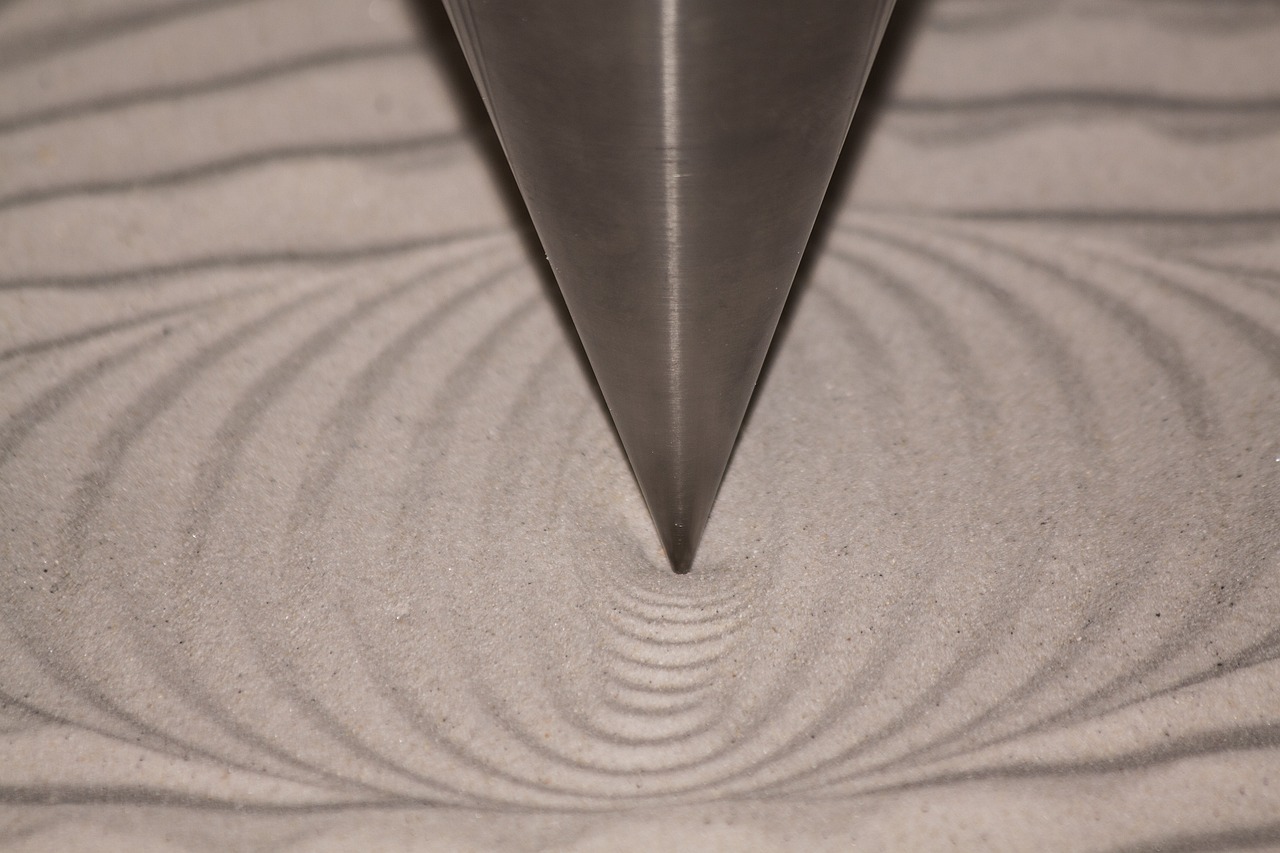When it comes to your vehicle’s performance, engine mounts play a pivotal role. These unsung heroes are designed to secure your engine and absorb vibrations, ensuring a smooth ride. However, if they become faulty, you might experience a rollercoaster of vibrations that can shake your entire car!
Imagine driving on a calm road, and suddenly your car feels like it’s on a bumpy track. That’s the chaos a faulty engine mount can unleash. Not only do you feel the vibrations, but you may also hear strange noises or notice misalignment in your vehicle. Ignoring these symptoms could lead to serious engine damage, costing you a fortune in repairs.
So, how do you know if your engine mounts are the culprit? Look out for signs like:
- Excessive vibrations during acceleration
- Unusual clunking or rattling noises
- Visible wear or damage to the mounts
Addressing these issues promptly can save you from a bumpy ride and keep your engine running smoothly!
Understanding Engine Mounts
Engine mounts are essential components in your vehicle, acting like the glue that holds the engine firmly to the frame. Imagine them as the shock absorbers of your engine—absorbing vibrations and impacts to provide a smoother ride. They are typically made from rubber or a combination of rubber and metal, designed to dampen engine vibrations and noise. Without these mounts, your driving experience would be akin to riding a roller coaster on a bumpy track!
These mounts play a critical role in maintaining the alignment of the engine, which is crucial for optimal performance. When they function properly, they help in:
- Reducing engine vibrations
- Minimizing noise levels
- Ensuring proper engine alignment
- Protecting other components from wear and tear
Understanding how engine mounts work can help you diagnose issues related to engine vibrations effectively. If you notice any signs of wear or damage, it’s crucial to address them promptly to avoid further complications. Think of engine mounts as the unsung heroes of your vehicle’s performance; when they fail, the entire system can suffer!
Symptoms of a Faulty Engine Mount
Recognizing the symptoms of a faulty engine mount is essential for timely repairs. When these mounts fail, they can lead to a range of issues that affect your vehicle’s performance and comfort. Common signs include:
- Excessive Vibrations: If you feel more vibrations than usual while driving, especially through the steering wheel or floor, it could be a sign that your engine mounts are worn out.
- Unusual Noises: Listen for clunks or thuds when accelerating or decelerating. These sounds can indicate that the engine is shifting due to a failing mount.
- Misalignment: If your engine seems to sit unevenly or if the hood doesn’t close properly, this misalignment can be a direct result of faulty mounts.
Ignoring these symptoms can lead to more severe problems, including engine damage or increased repair costs down the line. Think of your engine mounts as the unsung heroes of your vehicle; when they falter, the entire system feels the impact. So, always stay alert for these warning signs!
Repairing and Replacing Engine Mounts
When it comes to repairing or replacing engine mounts, understanding the process can save you both time and money. First, it’s essential to diagnose the problem accurately. If you notice excessive vibrations or hear strange noises, it’s a good indication that your engine mounts are failing. Ignoring these signs can lead to more severe engine damage, much like ignoring a small leak in your roof that eventually turns into a waterfall.
Once you’ve confirmed that the engine mounts are indeed the issue, the next steps involve selecting the right parts. Not all engine mounts are created equal; they come in various materials and designs. Here’s a quick breakdown of the types:
| Type | Description |
|---|---|
| Rubber | Common and cost-effective, but may wear out faster. |
| Polyurethane | More durable and resistant to wear but can transmit more vibrations. |
| Hydraulic | Offers superior vibration dampening but can be more expensive. |
After selecting the appropriate mounts, the actual installation process is relatively straightforward, but it requires attention to detail. You’ll need to:
- Lift the engine securely using a jack.
- Remove the old mounts carefully.
- Install the new mounts, ensuring they are aligned correctly.
Finally, always remember to test drive your vehicle after the installation. This ensures that the new mounts are functioning correctly and that you’re no longer experiencing those annoying vibrations. Taking these steps will not only improve your ride quality but also extend the life of your engine!
Frequently Asked Questions
- What are the signs of a faulty engine mount?
Common signs include excessive vibrations, unusual noises, and misalignment. If you notice your car shaking or hear clunking sounds, it’s time to investigate further!
- Can a faulty engine mount cause long-term damage?
Absolutely! Ignoring a faulty engine mount can lead to serious engine damage and costly repairs down the line. Think of it like ignoring a small leak; it only gets worse!
- How often should engine mounts be inspected?
It’s a good idea to have them checked during regular maintenance, especially if you notice any symptoms. Just like you wouldn’t skip a dentist appointment, don’t skip on your car’s health!





